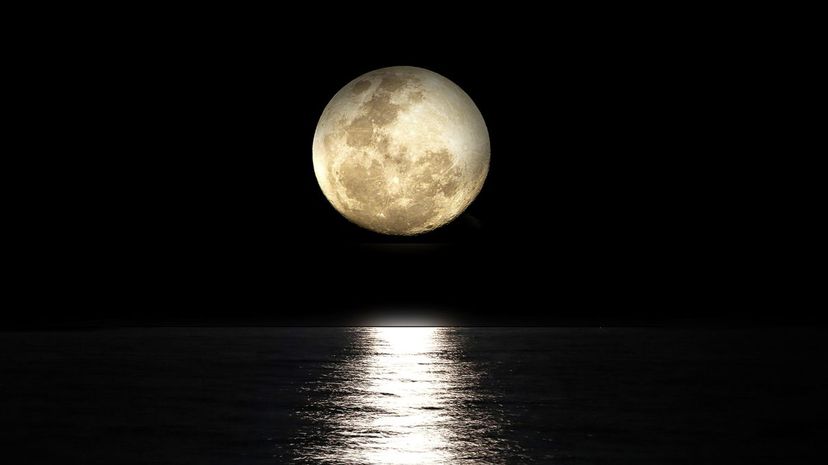
About This Quiz
Back before we had apps and tablets and devices, we had the sky to gaze upon (and back then, it was easier to see them without all of the light). People mapped the stars, moons and planets, watched as they moved across the sky and simply observed. It was interesting to them. These days, we have satellite images, apps that show us the stars and a whole lot of documentaries on how space really works.Â
When it comes to learning about the moon, many believe they (and we) know all that there is to know, but even now (with our technology) there is so much more to discover. If you think that you're a lunar genius ... or if you simply have an obsession with learning about the moon, we have a quiz for you. This quiz will ask you questions about everything that you should know about Earth's moon. From general knowledge about shape, size and atmosphere to the deeper stuff that is still being revealed, we will explore everything there is to explore about what we know about the moon. Are you ready for this lunar quiz? Get started to see just how much you know about Earth's moon.
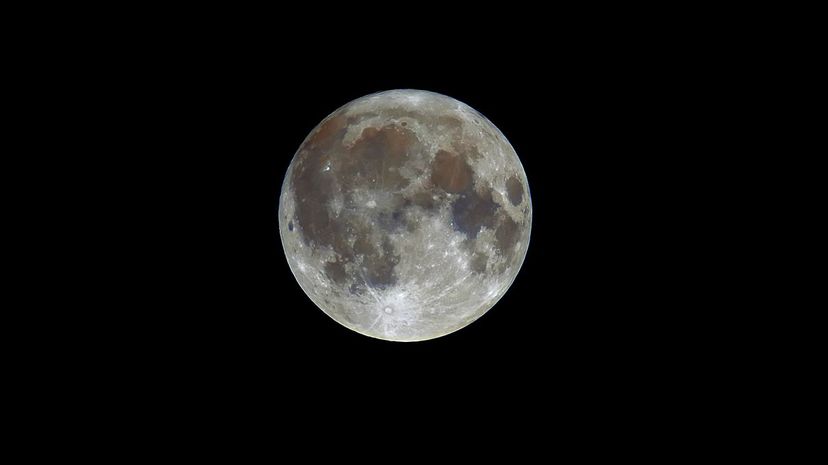
We call the moon a moon, but what it really is is a satellite. This is something that orbits around a larger object (but not the sun). For example, planet-like objects like moons and asteroids that are caught in orbits of larger planets are all considered satellites.
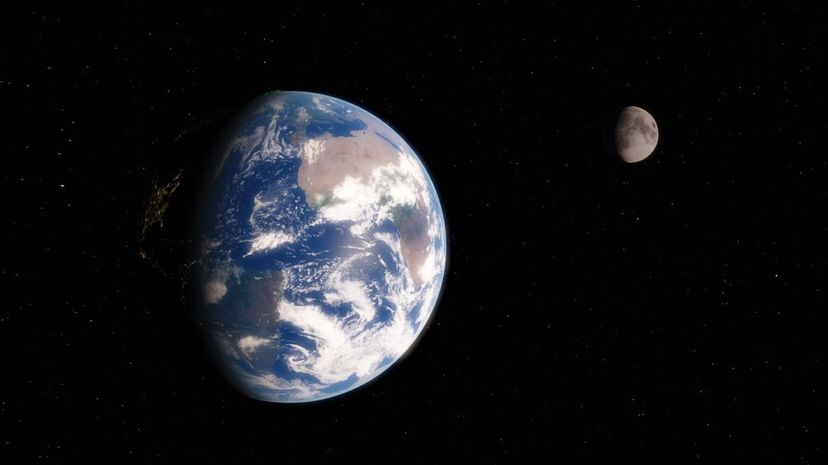
The Earth only has one moon, but Jupiter has around 63 moons! One of Jupiter's moons, named Ganymede, is the largest. Though our moon isn't the largest in the solar system, it is the one that is most important to us.
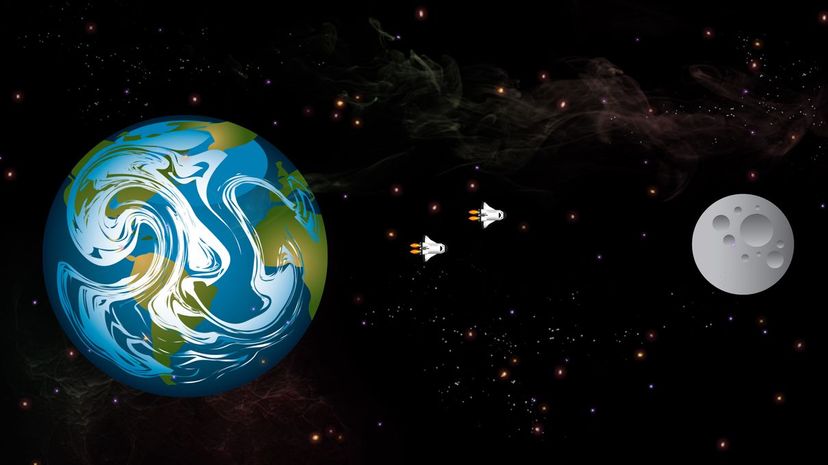
When it comes to figuring out how far away the moon is, scientists used laser technology. The moon gets closer and farther from the Earth as it orbits, so when we discuss the distance to the moon, we generally talk about the average distance.
Advertisement
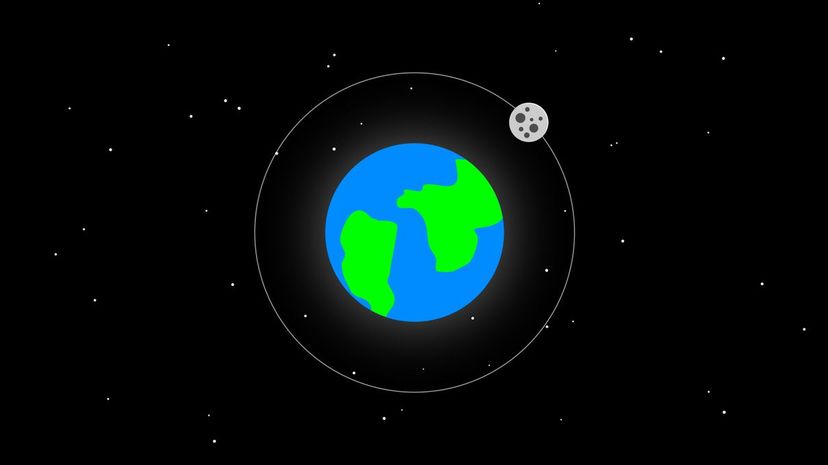
The lunar cycle is something that most scientists (and women) pay close attention to. This cycle actually creates cycles on Earth as well, including tides and weather. We rely on the moon for quite a lot.
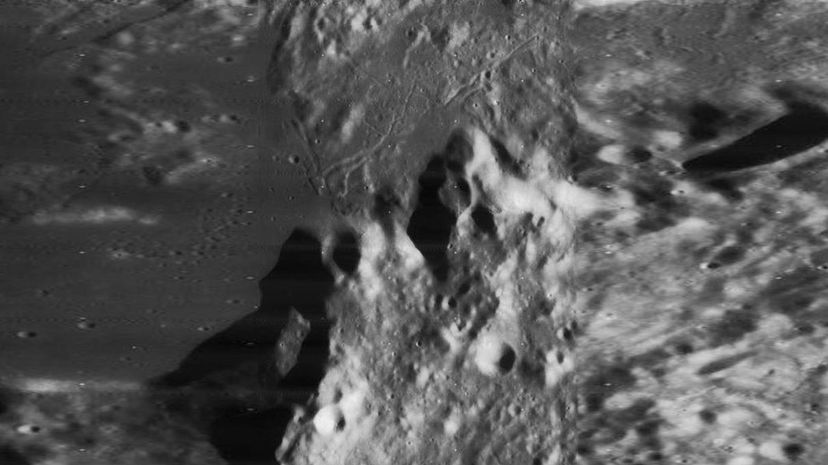
While the moon has mountains, it doesn't have very large mountains. Mons Huygens is actually only a little over half the size of Mt. Everest, coming in at 4,700 meters tall. That's still one heck of a hike.
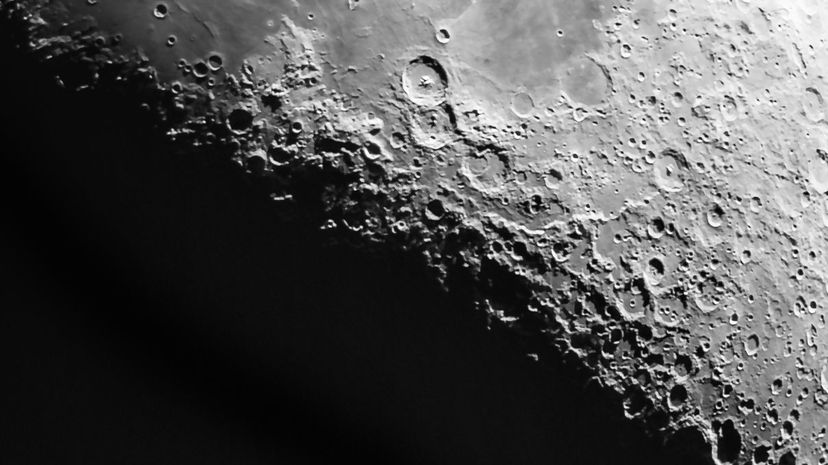
While the moon does have a little bit of gravity, it is nothing compared to what we face on Earth. It's only actually around one-fifth of what we feel here. Imagine never worrying about dropping stuff.
Advertisement
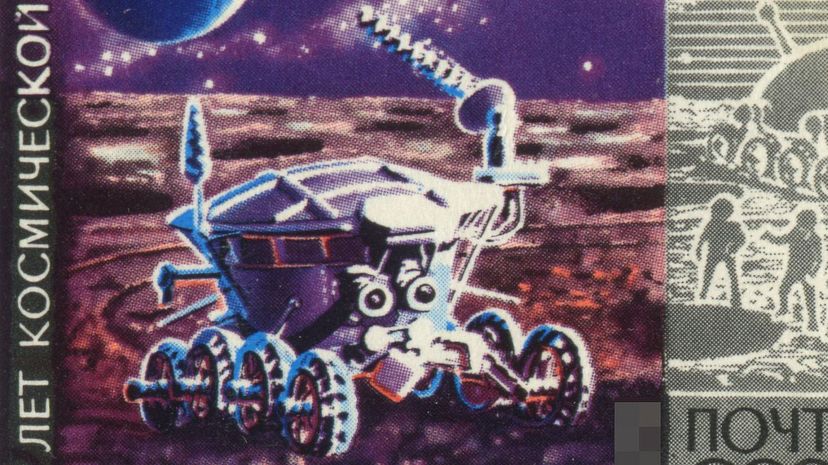
The Soviets did beat us to the moon, if we count unmanned vehicles. However, in 1969, United States astronauts landed on the moon and actually set foot on it. Though there are conspiracy theories about this, it is widely accepted that the lunar landing was real.

Apollo 11 was one of the most important NASA missions ever recorded. It sent men to the moon, and recorded how what they saw there, though skeptics look at the footage and deny its reality.
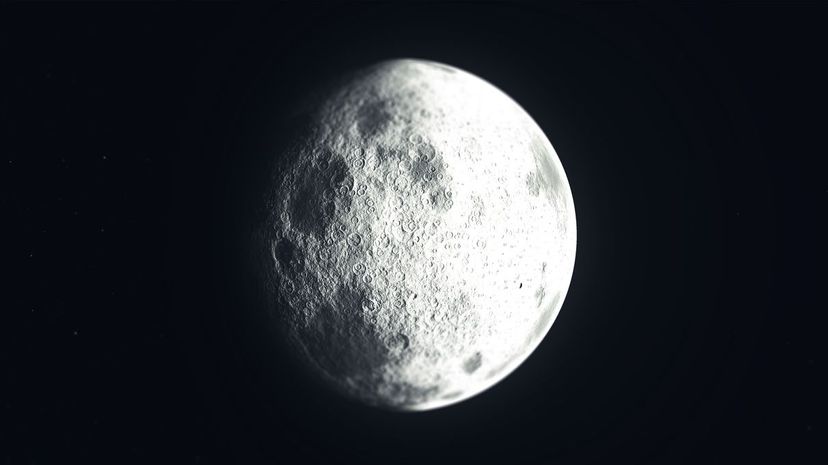
When it comes to getting hit by objects in space, the Earth actually encounters quite a bit of it. However, our atmosphere protects us from the projectiles. The moon, on the other hand, does not have this protection, and its craters remain because it doesn't deal with a lot of weather.
Advertisement
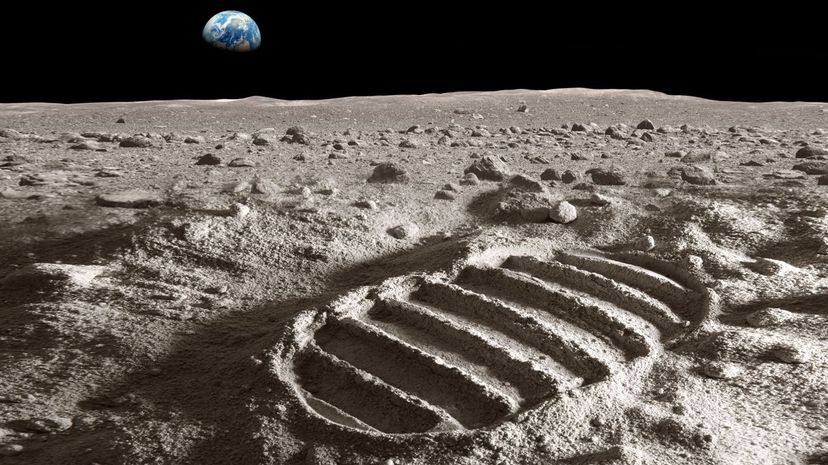
Yes, scientists do believe that there is a little bit of water on the moon. It isn't enough to start an entire settlement, but it is enough to be noticed. However, there is still a lot of research to be done on this topic.
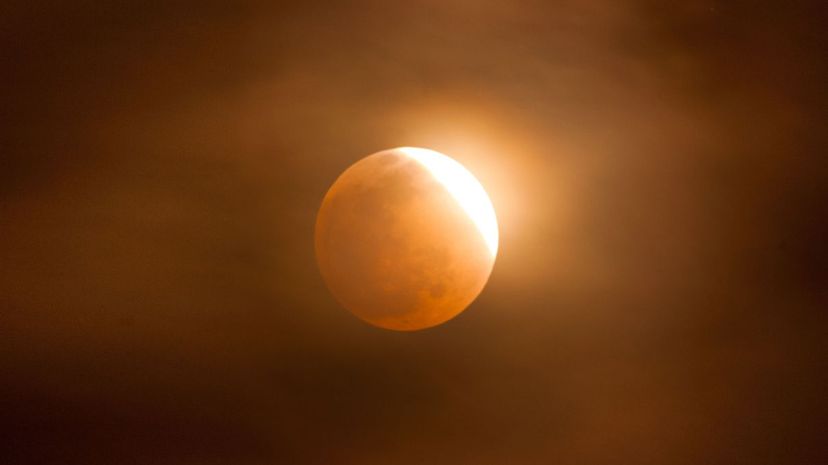
There are different kinds of eclipses. This phenomenon has to do with the alignment of the planets as well as the alignment in regard to the sun, moon and Earth. When there is a lunar eclipse, the Earth is between the Moon and the Sun.
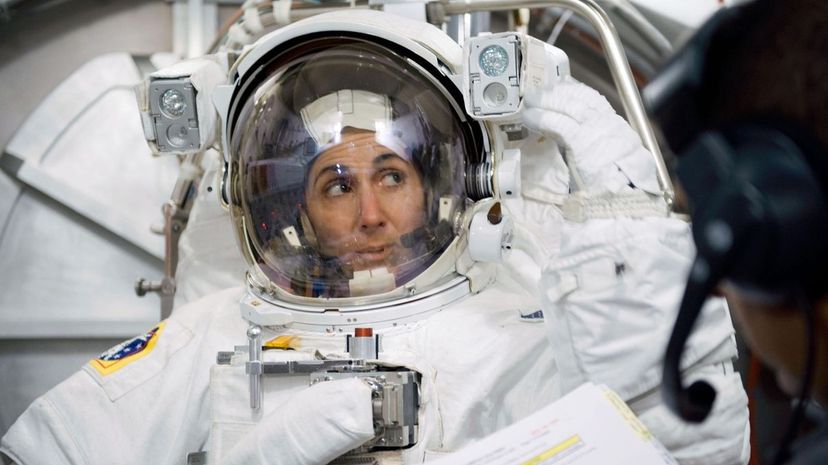
NASA is working on an intricate program that will work in several stages. The Artemis Program is specifically being designed to help us do in-depth explorations of both the moon and Mars.
Advertisement
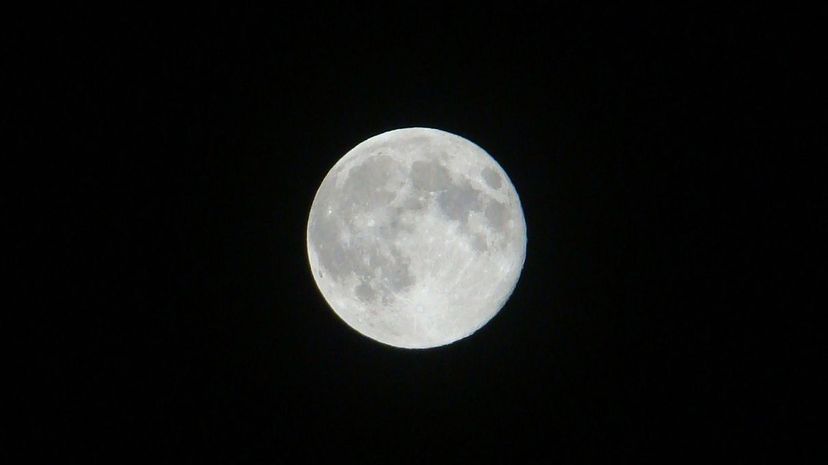
We used to believe that the moon didn't rotate. However, the moon rotates and every side of it sees sunlight. However, the way in which the moon rotates only shows us about 50% of it in total. Therefore, we don't see a large portion of the moon, even if it shows itself.

That's right, the moon is actually drifting further and further away from the Earth, giving it about 50 billion years until it's out of orbit. However, by that time, it will take the moon 47 days to orbit the Earth.
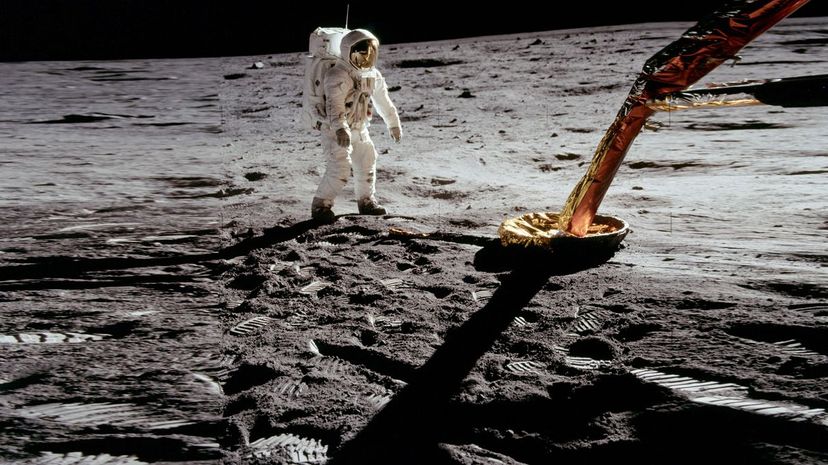
Because the moon's gravity is only around 17% of the Earth's gravity, you will only weigh about 17% of your total Earth weight on the moon. It would be nice if we could all measure ourselves in moon weight.
Advertisement
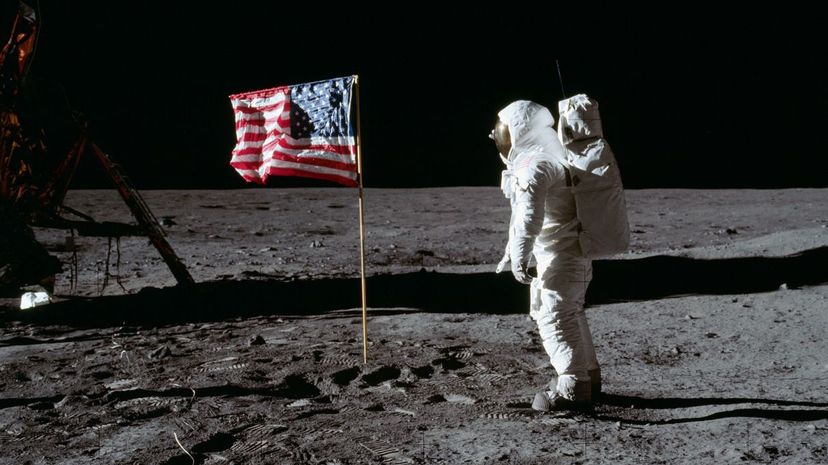
Though we didn't hear much about people walking on the moon after Neil Armstrong took his stroll, there have been other missions since the 1969 moon landing, and the last person to walk on the moon was Gene Cernan in 1972.
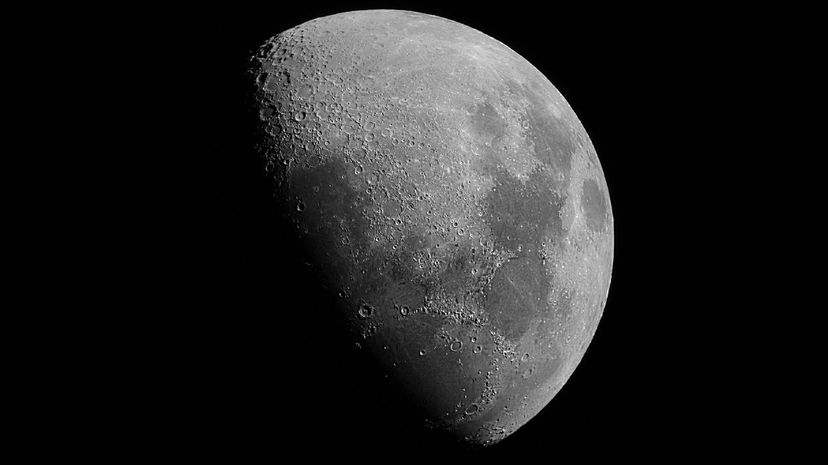
Astronauts brought seismographs to a visit to the moon and noticed that the moon quakes from beneath the surface. This causes cracks and ruptures in the moon, just like earthquakes on Earth.
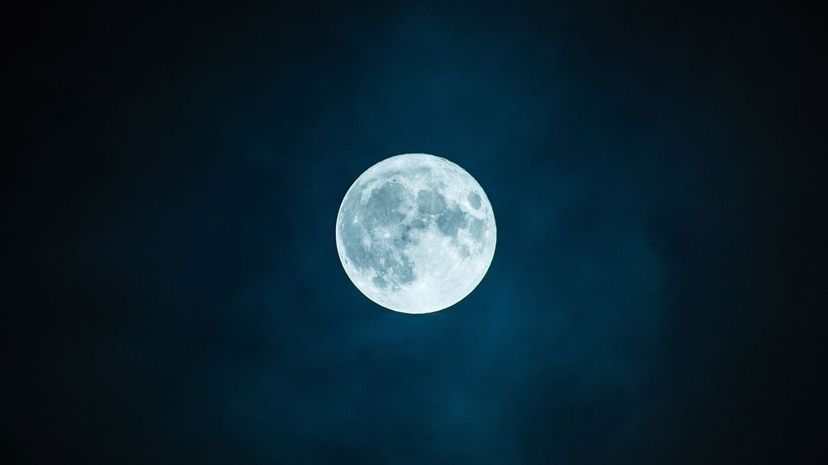
That's right, in a proposed show of strength during the Cold War, the United States actually considered bombing the moon ... because we are so well off that we can just send bombs to other celestial objects.
Advertisement
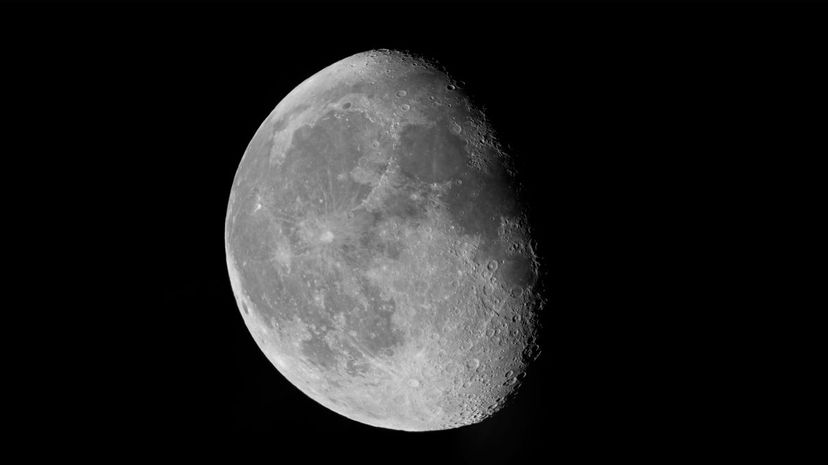
There are several different moon phases and each of them affect the Earth differently. The waning gibbous is the phase that comes just after the moon is full. A waxing gibbous moon is the phase just before the full moon.
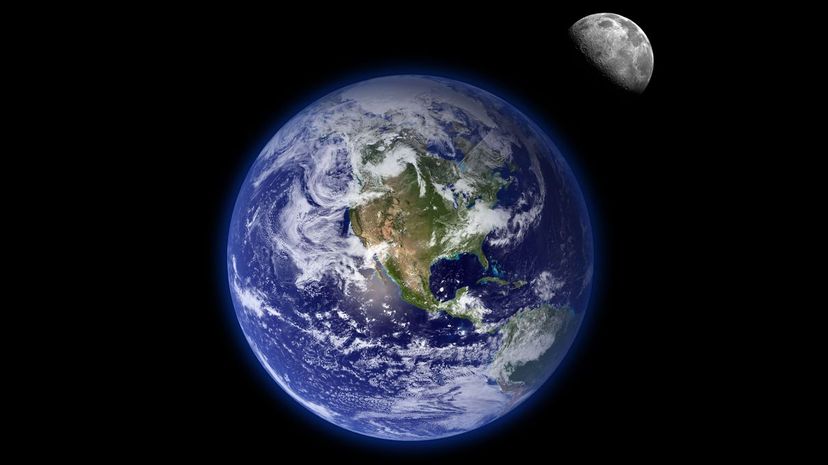
The moon's diameter is 3.476km, and it is simply a ball of dust. Though some scientists speculate that it has a core, others think that is is hollow. There is still a lot to learn about the moon, but it is relatively small compared to the Earth.
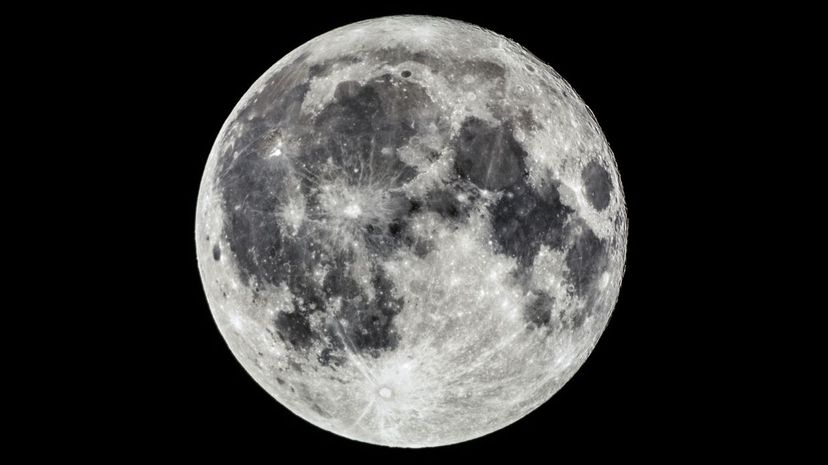
The seas of the moon are thought to be made of hardened and cooled lava, and they haven't been hit by comets or meteors just yet. However, these smooth areas are covered in moon dust.
Advertisement
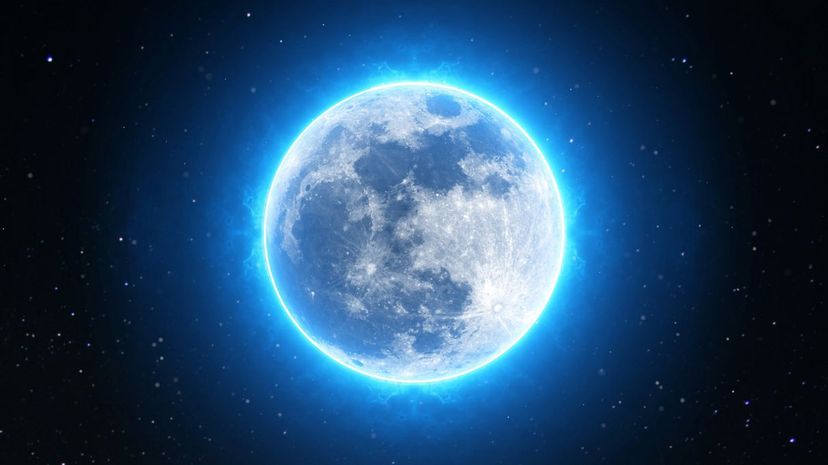
While many already know that we cannot see the moon unless the Sun shines on it, or it is illuminated dimly by sunlight reflected from the Earth, others really don't know. It is a bright object in the sky, and it is easy to mistake its light as something it produces rather than reflects.
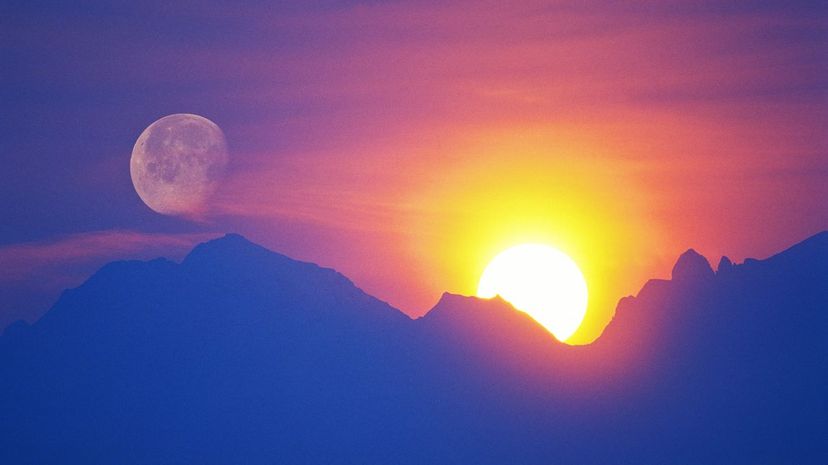
Remember that the moon doesn't have an atmosphere, and that means that it cannot absorb or refract any heat. It doesn't have any protection, meaning that it gets hit head-on by the sun's rays, heating it up very quickly.
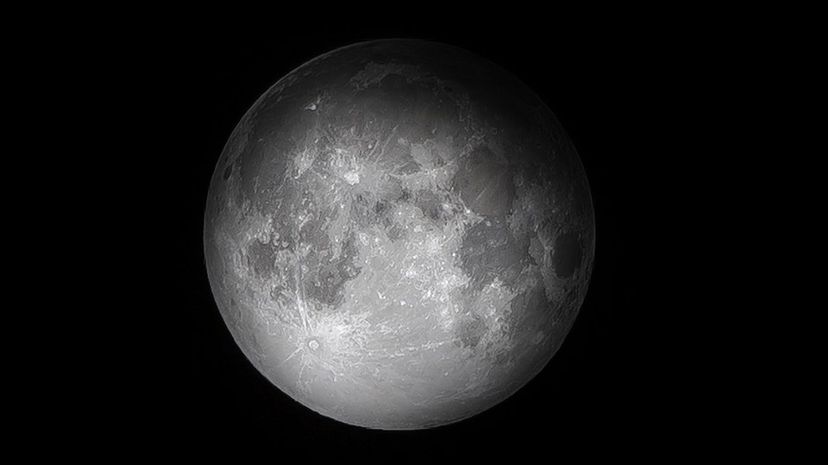
While the moon might look smooth, it has been spinning for billions of years, susceptible to the elements. The theory that a large rock (about the size of Mars) hit the Earth and created debris which became the moon is widely accepted.
Advertisement

Not long after the Earth was formed, scientists estimate a large rock slammed into it, creating debris which became the moon. That makes the moon approximately 4.5 billion years old.
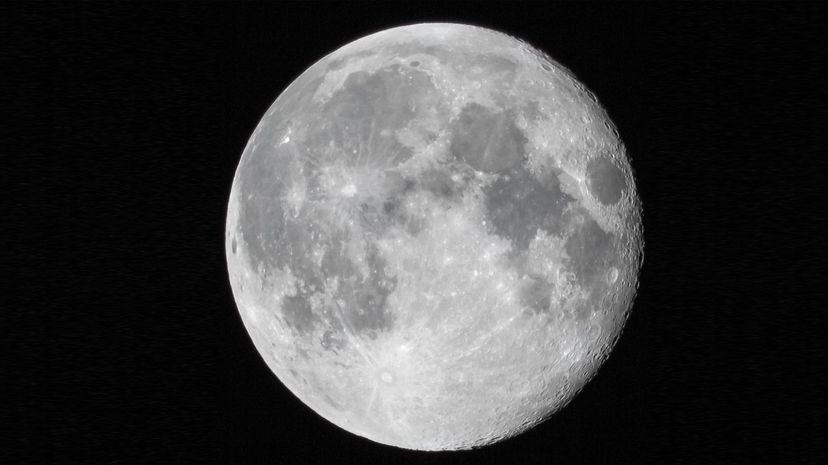
In order to have rain (or any weather event, really) a celestial object needs to have an atmosphere, and the moon does not have one of those. Though it does rain down meteors and comets, those aren't technically weather events.
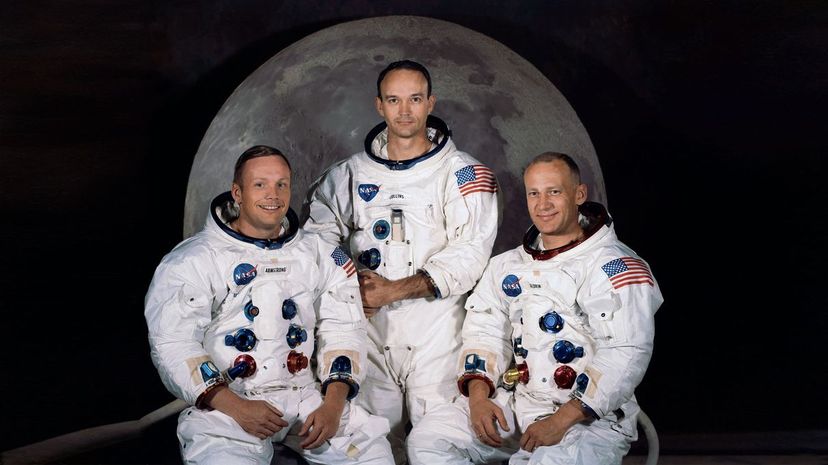
For funsies (and science, of course), the Apollo astronauts took golf clubs up to the moon with them. They wanted to see how far they could hit a golf ball. With minimal gravity, their golf games improved considerably.
Advertisement
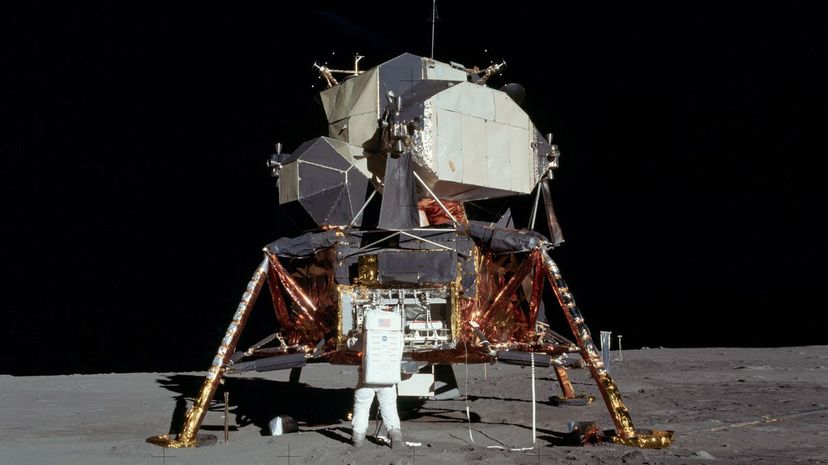
Depending on how fast a ship is traveling, it can reach the moon much faster than you think. Back in the 1960s and 1970s, it took our space ships about two days to reach the moon safely.
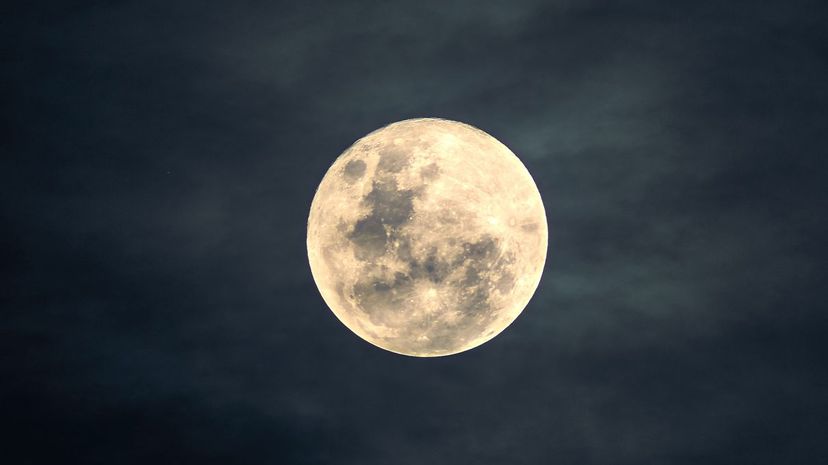
That's right, what we leave on the moon after landing there stays there. That means that all of our debris from the visits to the moon is still there, just hanging out. There are no maids on the moon, and it shows.

Just like the Earth, the moon has a slightly oblong shape to it. It's not flat by any means, but it is not a perfect sphere. Instead, it is a spheroid shape that is much like a stout egg.
Advertisement
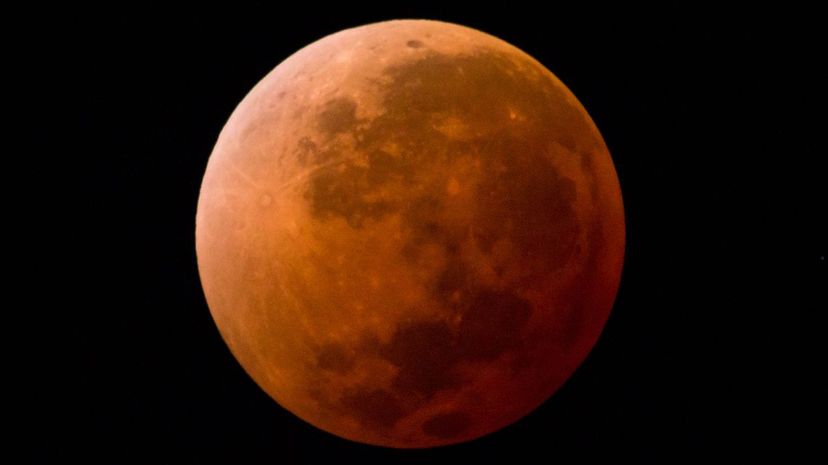
Lunar eclipses don't hide the moon entirely. They actually show the moon in a different color. This red color comes from the sun's light refracting and filtering through the Earth's atmosphere.
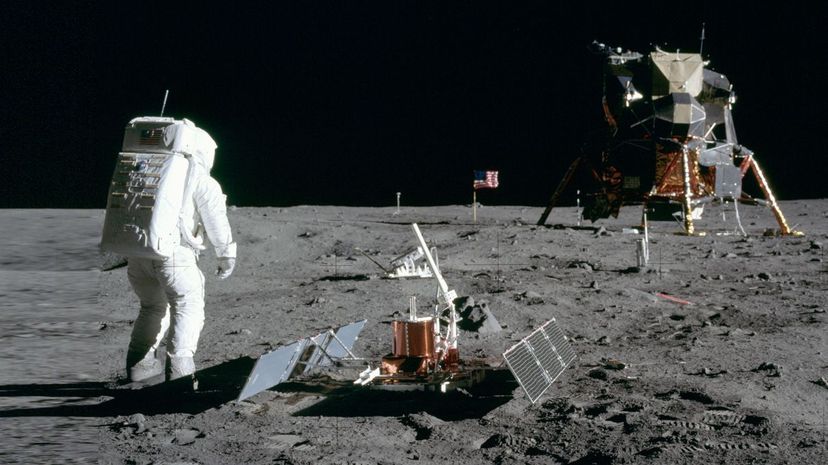
When astronauts first landed on the moon, they realized that their shadows were much darker than the shadows they saw on Earth. This is because Earth's atmosphere spreads light, making shadows look brighter.
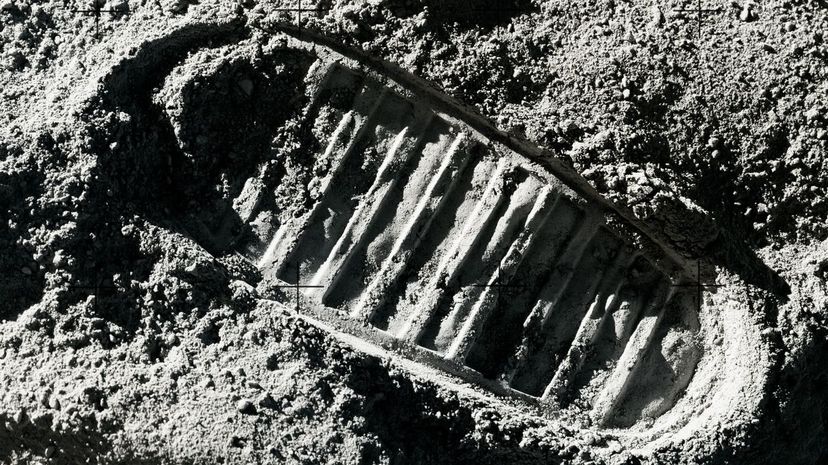
Moon dust can be dangerous to astronauts and most of NASA's equipment. This is because it is fine, but it also attaches to everything, causing astronaut's boots and visors to erode quickly.
Advertisement
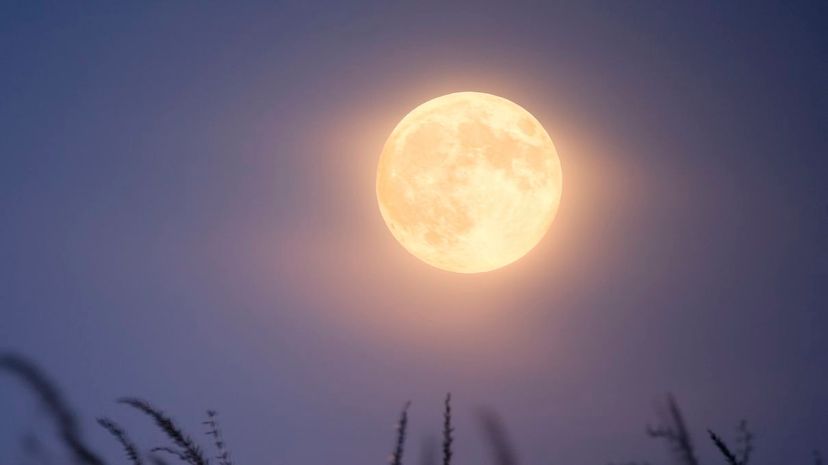
The term "lunatics" comes from the belief that dates back all the way to the Middle Ages that the moon caused mental health issues that included seizures and fever. Being a lunatic meant that when the full moon came out, you were going to go crazy.

For the sake of science, astronauts brought a wide variety of seeds into space. They wanted to see if they would then grown on Earth after they had been exposed to the elements of the great vacuum. To their surprise, these seeds grew and flourished. They are known as "moon trees."
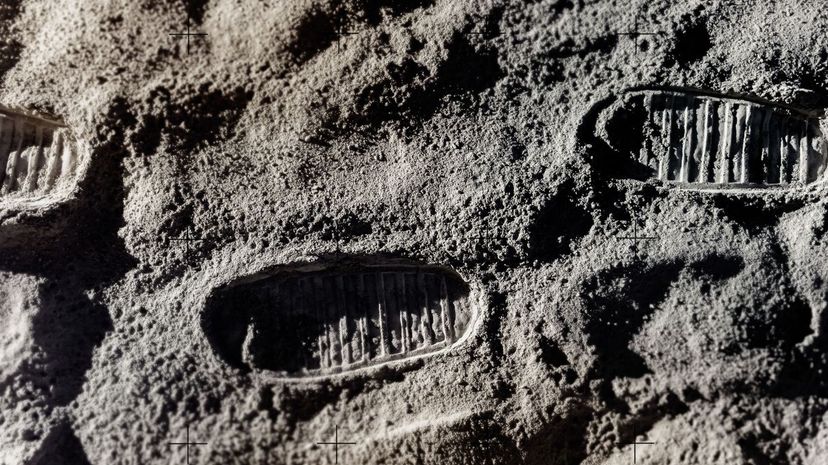
That lack of an atmosphere thing really causes a lot of stuff to happen on the moon. Without wind or weather, the footprints from the astronauts who have walked on the moon will remain there until someone steps over them (or a crater hits them).
Advertisement

Lunar Standard Time is considered a single timezone that began when the first astronaut (Neil Armstrong) set foot on the moon itself. Giving the moon its own timezone helped scientists learn about how it rotates and cycles.

The 12 lunar days are named after the first 12 astronauts to land on the moon. Each day is divided into 30 cycles (which represent the days on Earth). This gives us a good way to measure the moon's movements.
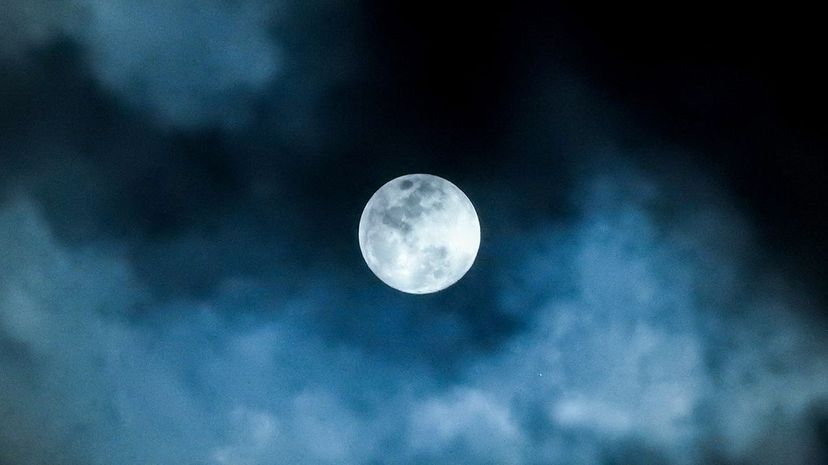
Yes, scientists have estimated the weight of the moon, and they have found that it is considerably lighter than the Earth. While it is about a quarter the size of the Earth, the Earth weighs over 81 times as much as the moon.
Advertisement
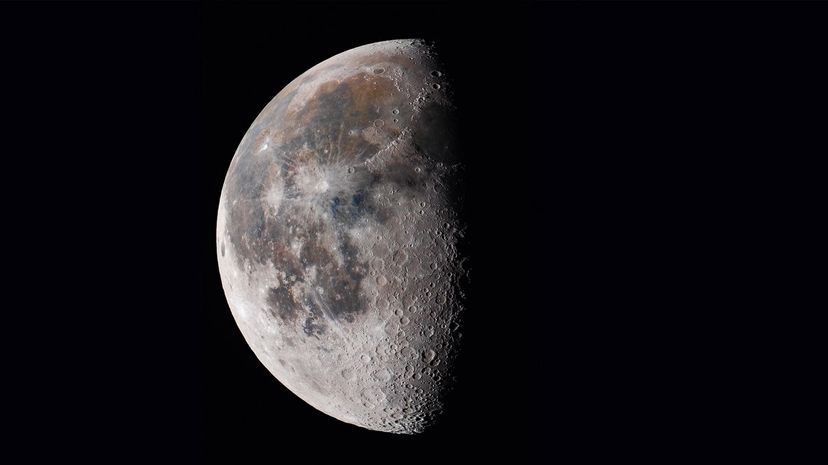
The Outer Space Treaty was signed by both the United States and Russia (the two leading competitors in the space race). It was meant to prevent any damage to the moon as well as avoid any space war.